Art Fairs
Amid Zika Scare, Art World Insiders Fear Discrimination While Planning for Miami Fairs
Welcome to the new reality for the art world's most seductive fair.
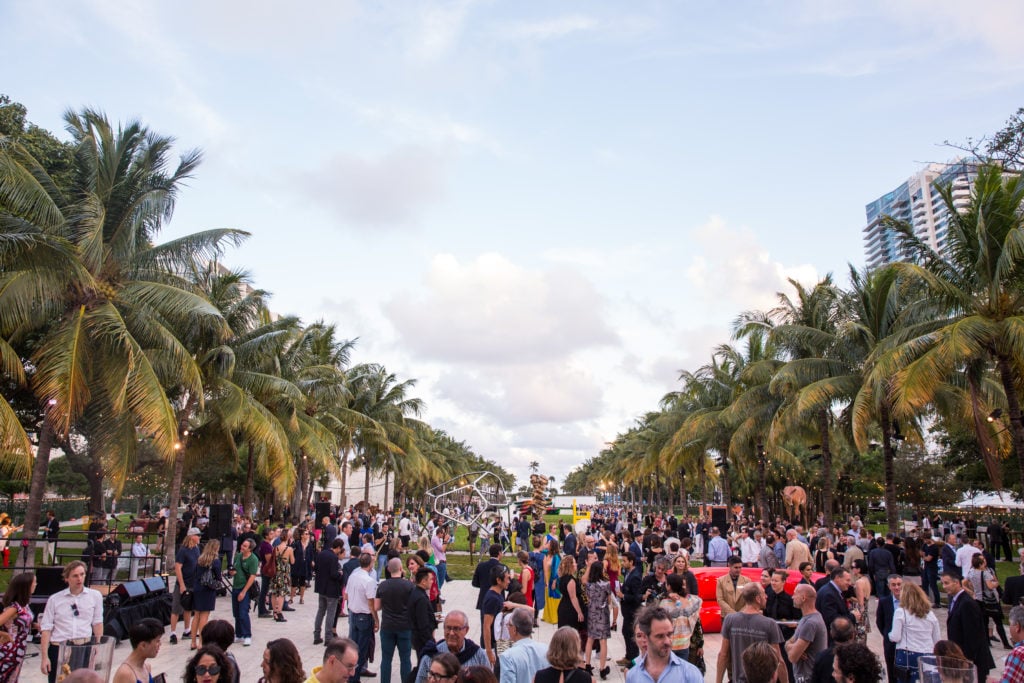
Welcome to the new reality for the art world's most seductive fair.

It’s hard enough for many women to tell their supervisors, peers, and clients that they are pregnant. Many wait until they feel they are safely into a second trimester to do so.
But imagine having to tell your colleagues that you are “trying to get pregnant,” or to report that you are just several weeks along, because of an art fair.
Thanks to the Zika virus, which can cause brain damage in developing fetuses, that’s the reality for some women in the art world who don’t want to go to Miami this year. Now that we know that Zika can be transmitted sexually, would-be fathers are increasingly concerned. This is true despite the Page Six claims of Nick Korniloff, co-owner of Art Miami, that the art crowd is likely less concerned about Zika since it’s a “different demographic”—one not trying to get pregnant, apparently.
Mapping Out the Virus
There are three areas in Miami where scientists have found Zika, two of which map nearly perfectly to the locations of the Miami art fairs and satellite attractions. The virus has previously been active in the art-fair ground zero of Miami Beach, which this year boasts Art Basel, Design Miami, UNTITLED, PULSE, NADA, SCOPE, and a number of related events that make the fair a worldwide draw. And the virus has also been present in Wynwood, where Art Miami, CONTEXT, Red Dot, and other fairs and many events in private collections take place. The third area is Little Haiti, which is a new hot spot for art events.
As of mid-September, the Centers for Disease Control “no longer recommends that pregnant women avoid travel to the Wynwood area.” However, it does note on its website, “pregnant women and partners of pregnant women who are concerned about potential Zika virus exposure may consider postponing nonessential travel to all parts of Miami-Dade County.”
Interviews with a half-dozen art-world insiders on the cusp of parenthood reveal that while some are avoiding such conversations with supervisors, peers and clients, others are confronting and planning around the crisis in a very conscientious manner, weighing the risks and deciding how to broach a subject with professional peers that to this day has brought discrimination down on women across almost every industry, the art world being no exception.
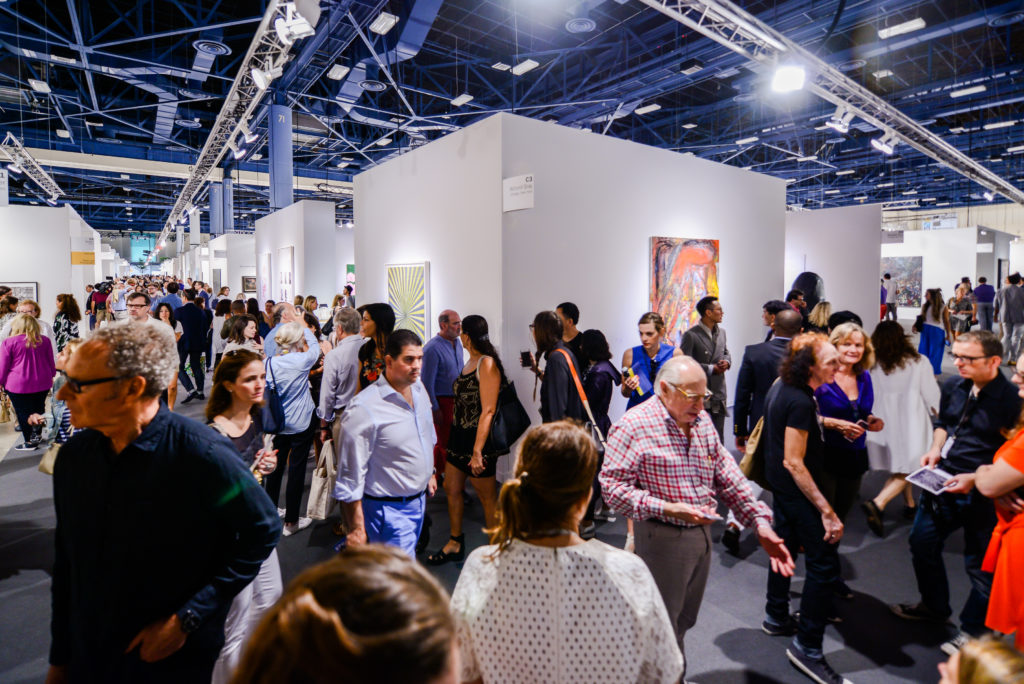
Courtesy of Art Basel in Miami Beach.
Tracking Pregnancy Discrimination
With the December fairs quickly approaching, some would-be Miami visitors are worried about discrimination in the workplace. “It’s still a pervasive problem that affects women at all echelons of employment,” says Gillian Thomas, the author of a recent book about workplace sex discrimination. Thomas is a senior staff attorney for the American Civil Liberties Union Women’s Rights Project, and says that charges of pregnancy discrimination filed with the US Equal Employment Opportunity Commission have been on the rise over the past decade.
The 1978 Pregnancy Discrimination Act makes it illegal to punish an employee for “pregnancy related conditions,” and in some circumstances, employers may be required to modify job responsibilities to accommodate a pregnancy. This could mean letting someone opt out of work travel to a Zika-infected area, for instance. “A big catch is that the federal law only applies if you’ve got 15 or more employees,” says Thomas, as most small art businesses do. However, 18 states and several cities have pregnancy discrimination laws that apply to workplaces with fewer employees, some of which go farther than the federal law. For example, New York State and city pregnancy accommodation laws apply to employers with four or more employees.
For couples “trying” the old fashioned way but who are not yet pregnant, Thomas says that “the EEOC and a number of federal courts have interpreted the federal law as protecting women who are not yet pregnant, but are planning to start a family, and are treated unfairly because of it.” She continues, “More than anything it’s important for people to look at their employee policies.”
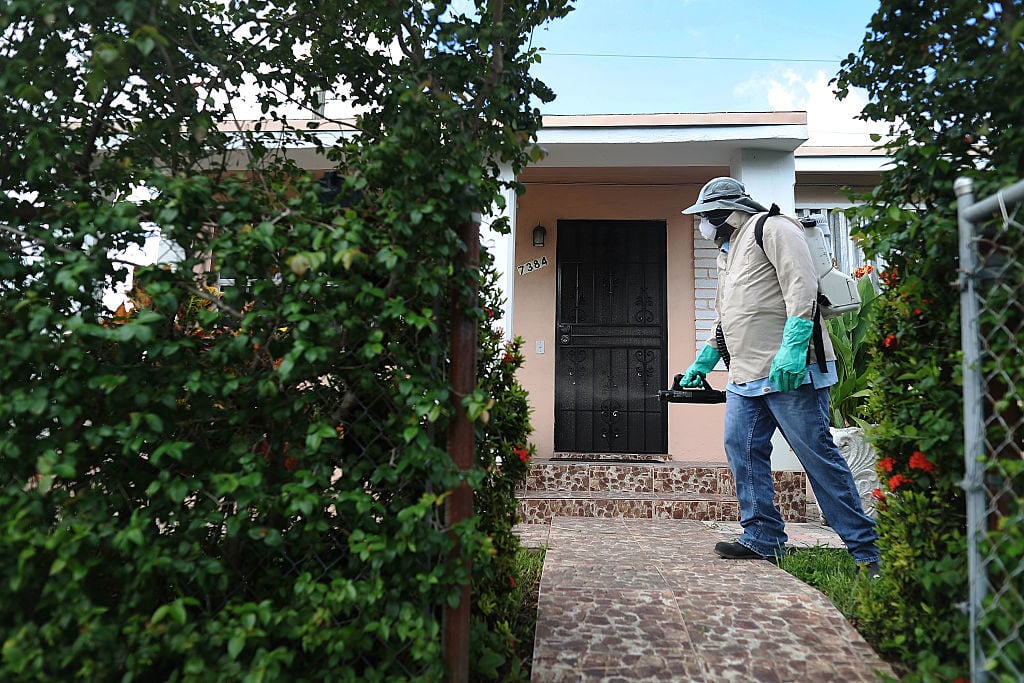
A Miami-Dade County mosquito control inspector, uses a sprayer to kill mosquitos that are carrying the Zika virus on October 14, 2016. Photo by Joe Raedle/Getty Images.
Creating A Proactive Policy
Sara Fitzmaurice, the founder of public relations and marketing agency FITZ & CO, which has represented Art Basel for 20 years, shared its policy with artnet News:
FITZ & CO has a policy that all employees are permitted to decline travel to any part of the world which has a travel advisory or has issued a travel guidance, without repercussion to their continued employment or advancement. As a business owner and in accordance labor law, our management cannot “discriminate” based on health conditions or enforce travel or travel restrictions. It is up to each individual employee to make a personal decision about travel to regions with travel advisories or travel guidance.
Earlier this month, Fitzmaurice says, her firm’s leadership asked employees who are currently scheduled to travel to Miami to communicate if they will decline to come. She reported that “everyone who is assigned to travel has confirmed they will attend.”
Of course, a company policy doesn’t do much good when you’re running a one-person art-advisory firm or small gallery or you’re an independent artist attending the fairs because your work is on view. Then, it’s up to you to determine when and how to handle the expectations of others without jeopardizing key relationships.
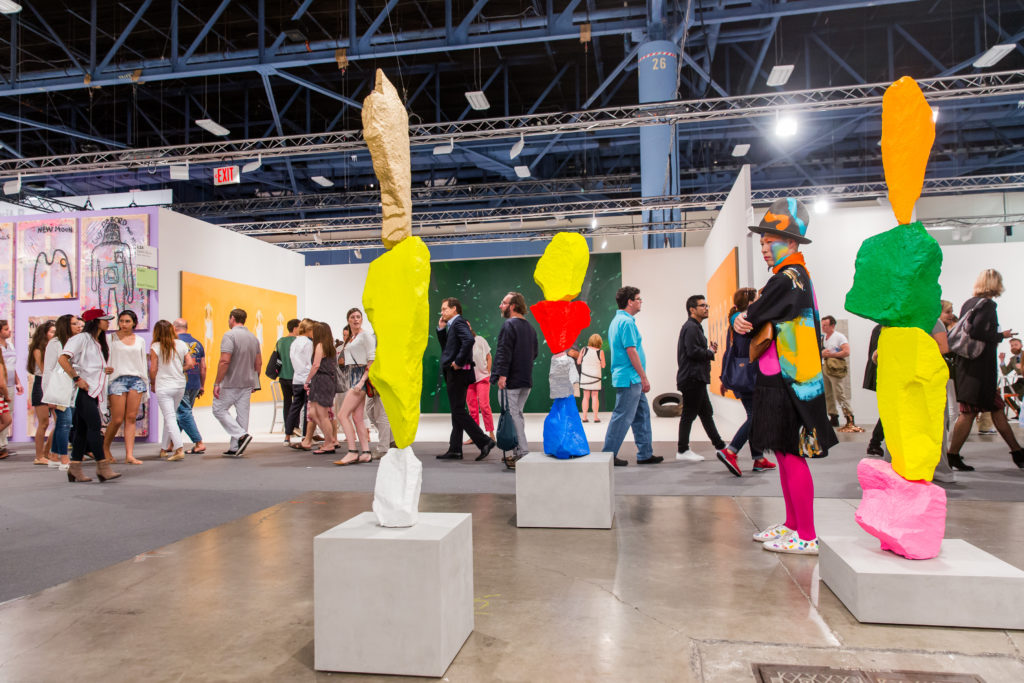
Courtesy of Sadie Coles HQ and Art Basel in Miami Beach.
Still, Emotions Are Running High
Jennifer Andrade and Sebastian Campos, newlyweds who run Chicago’s contemporary gallery the Mission, are actively trying to conceive. They decided it is imprudent for her to travel to Miami this year, and are hastening their efforts in hopes they may conceive before the fairs. “If we aren’t successful before December, we are going to freeze some of his sperm and try in-vitro,” Andrade said, “And of course we will test him for Zika when he gets back.”
Another newlywed is Eric Gleason, a director at Paul Kasmin in New York, who has participated in Art Basel Miami every year for a decade. He said he plans to go this year as usual, though he and his wife have discussed his trip in the context of their family planning. “I plan to get tested when I get home and take precautions as advised,” he said.
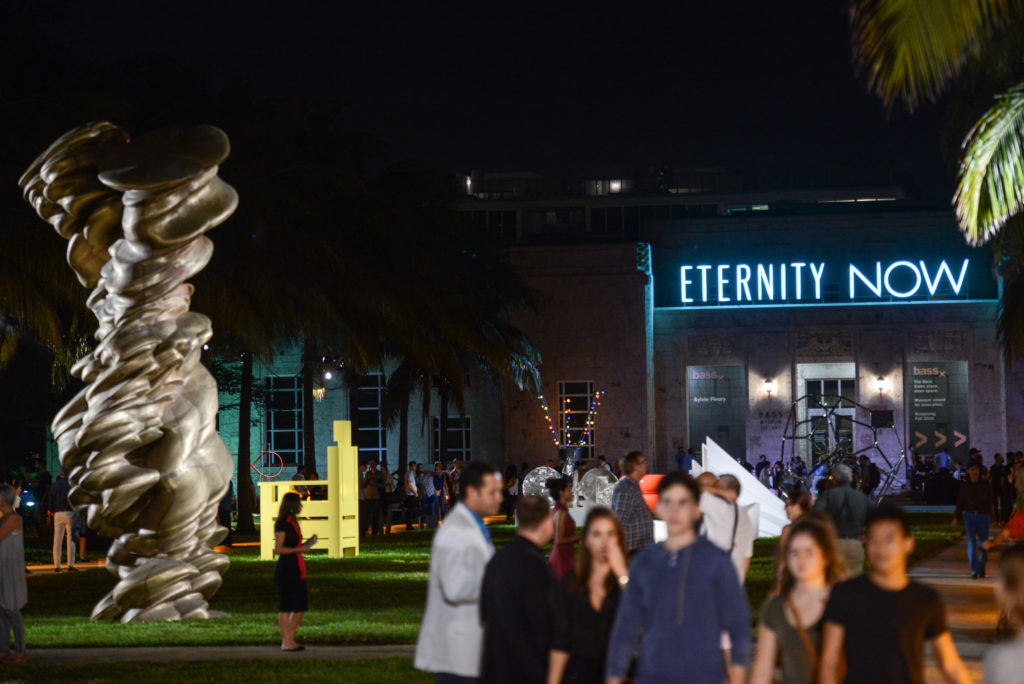
Courtesy of Art Basel in Miami Beach.
Other prospective parents preferred to remain anonymous. One thirty-something woman who typically plays a critical role with one art organization during Miami’s Basel week has been trying to conceive via fertility treatments for more than a year. She told artnet News that she has hastened an already pending shift in her role so that she can more-easily avoid travel to Miami this season, without her colleagues’ knowledge about the real reason.
Another woman, who plays a vital role with one of the satellite Miami fairs and with galleries with a strong presence during Basel week, hasn’t decided what to do. “My game plan for now is I’m still planning to go because I have my team and my clients down there, she said. “Plus, the medical advice is changing so rapidly.”
If she goes, will she and her husband stop trying to conceive? “We haven’t gotten far enough to think about stopping trying,” she said, adding that they will consult with their doctor before and after her trip.
With so much at stake, emotions are running high among those who are being forced by the Zika crisis to have important conversations with partners and with professional colleagues. As one person put it, “Every time I think about Zika I start to itch.”